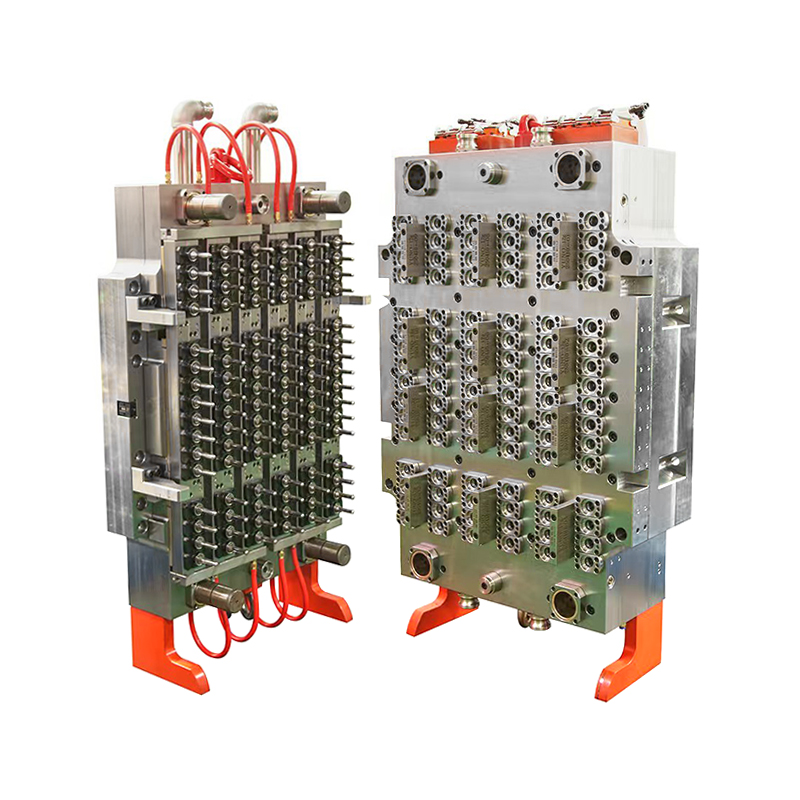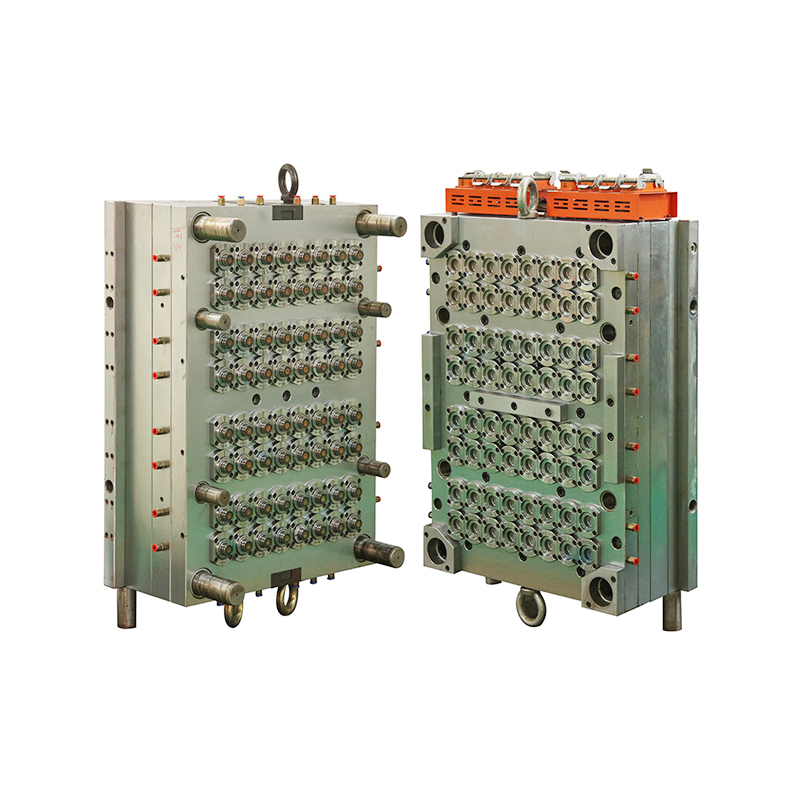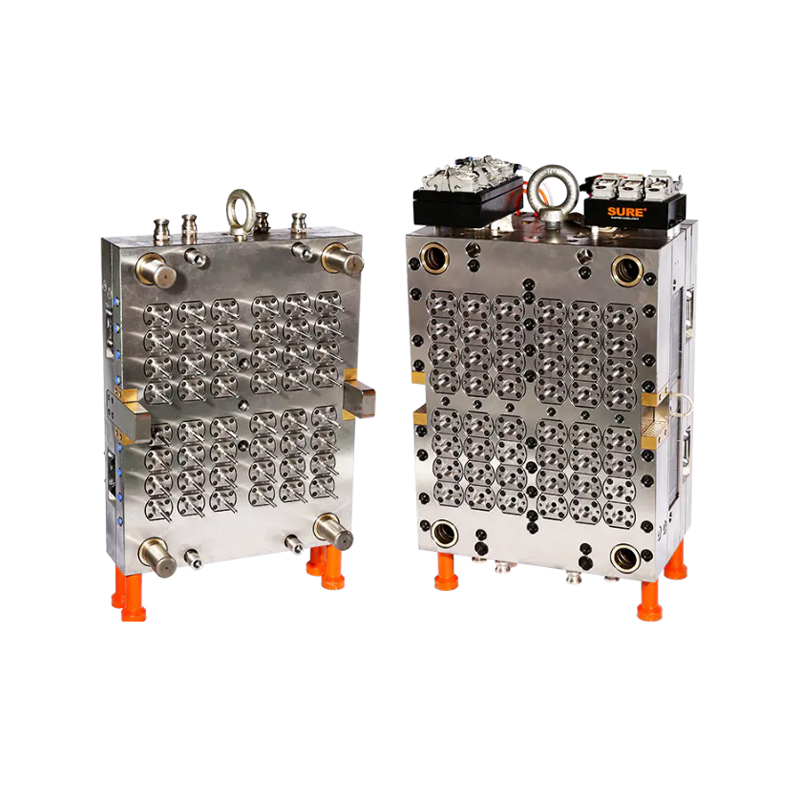No.148 Yongda Road, Jiangkou Street, Huangyan, Taizhou, Zhejiang, China.
In a packaging industry where high output, low waste, and consistent quality are critical, manufacturers are increasingly turning to large-cavity injection molds to stay ahead. A prime example of this trend is the 72-Cavity PET Preform Mold, a tool that has quickly become an essential component of modern PET preform manufacturing.
Designed to streamline operations without sacrificing precision, the 72-cavity mold offers a unique combination of volume efficiency and production reliability, making it a solution for packaging producers across the beverage, personal care, household, and pharmaceutical sectors.
High Output, Compact Footprint
The obvious advantage of a 72-cavity mold lies in its ability to produce 72 preforms in one molding cycle. This translates directly into higher throughput, faster order fulfillment, and more efficient use of factory resources. With fewer cycles needed to meet production targets, companies can reduce machine wear, energy consumption, and per-unit labor costs.
What sets this mold apart from traditional lower-cavity options is its compact integration into modern injection molding machines. Thanks to precise engineering and optimal cavity layout, the mold offers high output without requiring extensive floor space or complicated system overhauls.
Precision Craftsmanship Ensures Consistency
Producing 72 identical preforms in a single shot is no easy feat. It requires each cavity to be manufactured to incredibly tight tolerances, ensuring that every preform has consistent weight, neck dimensions, and wall thickness. These factors are crucial not only for bottle integrity during blow molding but also for compatibility with high-speed filling and capping equipment.
To meet this demand, the mold is manufactured using advanced CNC machining techniques and durable tool steels, which resist deformation and wear over millions of cycles. Each core and cavity is precisely aligned, and critical surfaces are polished for smooth release and minimal defects.

Optimized Cooling for Shorter Cycle Times
One of the biggest challenges in multi-cavity molds is managing heat. Without uniform cooling, some preforms may be under- or over-cooled, to deformation, dimensional inaccuracies, or prolonged cycle times.
The 72-Cavity PET Preform Mold tackles this with a sophisticated internal cooling system, featuring balanced water channels that run close to the molding surfaces. This system ensures fast and even heat dissipation from each cavity, minimizing cycle times while maintaining the integrity of the preforms.
Many versions of the mold also integrate beryllium-copper inserts, known for their high thermal conductivity, to further enhance cooling efficiency in critical areas.
Hot Runner System Reduces Waste and Improves Flow Control
Equipped with a hot runner system, the mold maintains the PET resin at the proper temperature throughout the injection process, reducing material waste and ensuring smoother flow into each cavity. The valve-gated hot runner design enables independent flow control to each cavity, preventing issues such as flashing, short shots, and material degradation.
The elimination of cold runners also means fewer steps in post-production and a cleaner, more sustainable manufacturing process overall.
Versatility Across Multiple Packaging Sectors
While beverage bottles remain a major application area for PET preforms, the 72-cavity mold is versatile enough to serve a broad range of industries. Whether for pharmaceutical containers, personal care products, or food storage, the mold can be adapted to produce preforms of varying neck finishes, weights, and designs.
This adaptability allows manufacturers to pivot quickly between different product lines, increasing flexibility in response to changing market demands.
Built for Ease of Maintenance and Longevity
Downtime in high-output operations can be costly. That’s why the 72-Cavity PET Preform Mold is designed with quick-change inserts and modular components, enabling faster maintenance and part replacement. Critical wear components such as cores, cavities, and valve pins can be serviced without disassembling the entire mold.
Moreover, surface treatments such as nitriding, polishing, or hard chrome plating can be applied to extend mold life and simplify cleaning, particularly in facilities handling multiple resin types or operating around the clock.


 英语
英语 法语
法语
















